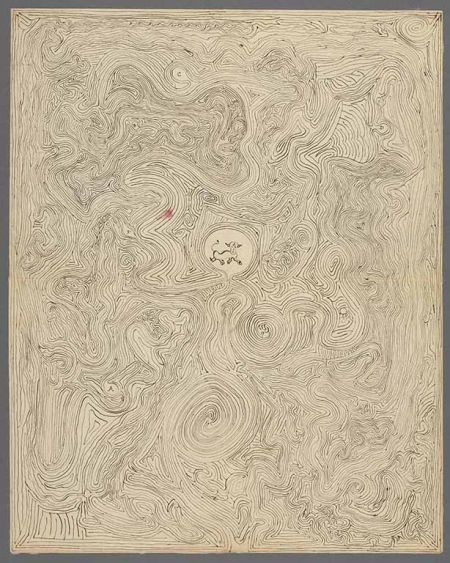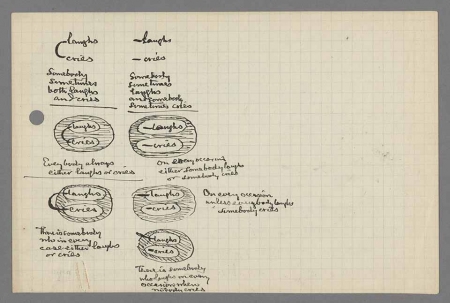
About Charles S. Peirce

One of the most creative and versatile intellectual figures of the last two centuries, Charles Sanders Peirce was a mathematician and a scientist, but is now best known as a philosopher, the founder of American pragmatism, and as a theorist of logic as semiotic (a theory of how human experience grows by means of the mediating structures we create).
For 32 years he practiced geodesy and chemistry for the U.S. Coast and Geodesic Survey, and his polymathic mind led him to research and writing on an immense range of topics.
Peirce called himself a logician, and his logical theories informed his work in pragmatism, metaphysics, scientific analyses, historical studies, and even his experimental work. The logic of scientific methodology, particularly the logic of discovery, interested him deeply, and makes his work significant today.
Interest in Peirce’s concepts now goes far outside the boundary of academic philosophy, with groundbreaking contributions to mathematics, experimental psychology, cosmology, cartography, historiography, and computer science. His work has had application to intelligence organizations, the military, technology, and transdisciplinary science.

The Peirce Archive
The Peirce papers at Houghton Library comprise an estimated 100,000 pages. Peirce published some 12,000 pages of scientific and philosophical work during his lifetime. The Chronological Edition of the Peirce Edition Project has published eight of a projected 30 volumes, editing works through 1892.
But Peirce’s mature work is only available in his papers at Houghton Library. These, estimated at some 50,000 manuscript pages, remain unpublished, and are in brittle condition. While some of these documents are available on a poor-quality, 60-year-old black and white microfilm, scholars have found that linear format limiting, and it fails to capture Peirce's meaningful use of color.
Further, while several efforts have been made to categorize and catalog them, most notably by Richard Robin, Peirce’s essentially non-linear working method, his habit of writing and re-writing and revising through several (usually undated) drafts, combined with his increased use of colorful graphical representation, makes presentation in printed transcription difficult.
The Digitization Initiative
Digitization of the Peirce papers makes the raw material for further study of his concepts freely available to all. While some 2,000 images are now available, a group of Peirce scholars has initiated an effort to digitize the important late manuscripts, some 50,000 pages.
This copyright-free material can then be transcribed and assembled by researchers worldwide: as conjectured reconstructions of Peirce’s intended works, or in research to apply his ideas, or to continue developing his many promising insights. In online media Peirce’s ideas can continue to evolve, with broad participation from scientific and other disciplinary perspectives, as Peirce would have hoped.
Digitization goal: $50,000 Thank you to our generous donors; the goal has been reached!
Raised to date: $50,560 (last updated October 2022)
Further Reading
- Communication, Semiotic Continuity, and the Margins of the Peircean Text
- Discovering the Future in the Past

Accessing These Materials
A summary description of the Charles S. Peirce Papers can be found in HOLLIS. A more detailed guide to the collection, with links to those documents that have been digitized and put online, can be found in HOLLIS for Archival Discovery. This guide is organized by "Robin number," based on Richard Robin's Annotated Catalogue of the Papers of Charles S. Peirce (1967), supplemented by Christian Kloesel's corrections and annotations.
The papers are kept onsite, and are available in the Houghton Reading Room.